For first order parallel reactions k1 and k2 are 4and 2min(−1) respectively at 300 K. If the activation energies for the formation of B and C are respectively 30,000 and 38,314 joule/ mol respectively, the temperature at which B and C will be obtained in equimolar ratio is :
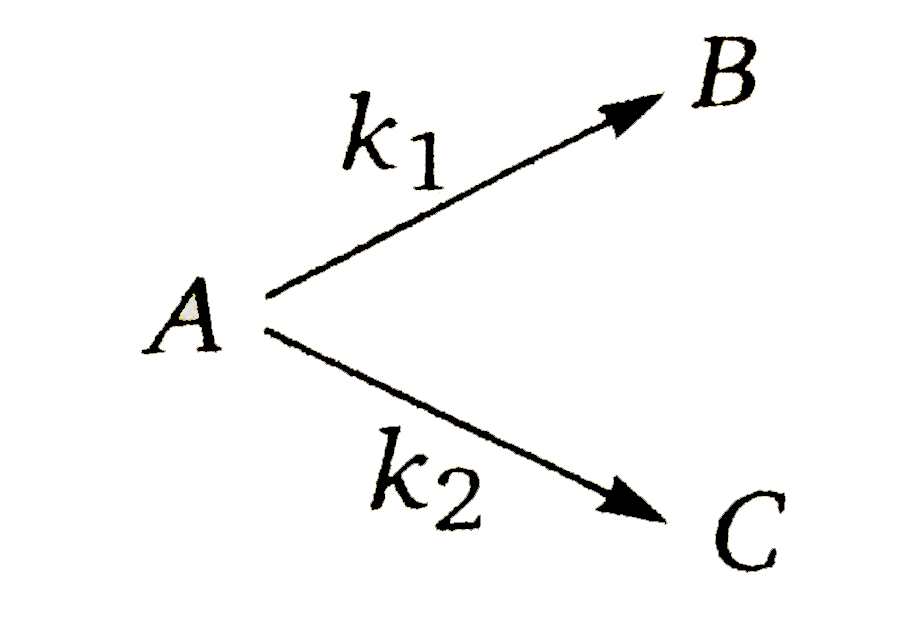 Solution in Punjabi
Solution in Punjabi
757.48 k
378.74k
600 k
none of these
The correct Answer is:B
Step by step video & image solution for For first order parallel reactions k_(1) and k_(2) are 4and 2min(-1) respectively at 300 K. If the activation energies for the formation of B and C are respectively 30,000 and 38,314 joule/ mol respectively, the temperature at which B and C will be obtained in equimolar ratio is : by Chemistry experts to help you in doubts & scoring excellent marks in Class 12 exams.
Updated on:21/07/2023Topper's Solved these Questions
- CHEMICAL KINETIC & NUCLEAR CHEMISTRYBOOK - NARENDRA AWASTHICHAPTER - CHEMICAL KINETIC & NUCLEAR CHEMISTRYEXERCISE - Level 2 (Q.33 To Q.35)
2 Videos
- CHEMICAL KINETIC & NUCLEAR CHEMISTRYBOOK - NARENDRA AWASTHICHAPTER - CHEMICAL KINETIC & NUCLEAR CHEMISTRYEXERCISE - Level 3 - Passage
1 Video
- CHEMICAL KINETIC & NUCLEAR CHEMISTRYBOOK - NARENDRA AWASTHICHAPTER - CHEMICAL KINETIC & NUCLEAR CHEMISTRYEXERCISE - Level 2
1 Video
- SURFACE CHEMISTRYBOOK - NARENDRA AWASTHICHAPTER - SURFACE CHEMISTRYEXERCISE - Level -2
1 Video
Similar Questions
In a sample of wood, the reading of a counter is 32 dpm and in a fresh sample of tree it is 122dpm . Due to error counter gives the reading 2 dpm in absence of .14C . Half life of .14C is 5770 years .
The approximate age (in years) of wood sample is :
View SolutionTwo consecutive irreversible first order reactions can be represented by
Ak1−−→Bk2−−→C
The rate equation for A is readily interated to obtain
[A]t=[A]0.e−k1t , and [B]t=k1[A]0k2−k1[e−k1(t)−e−k2(t)]
When k1=1s−1 and k2=500s−1 , select most appropriate graph
a)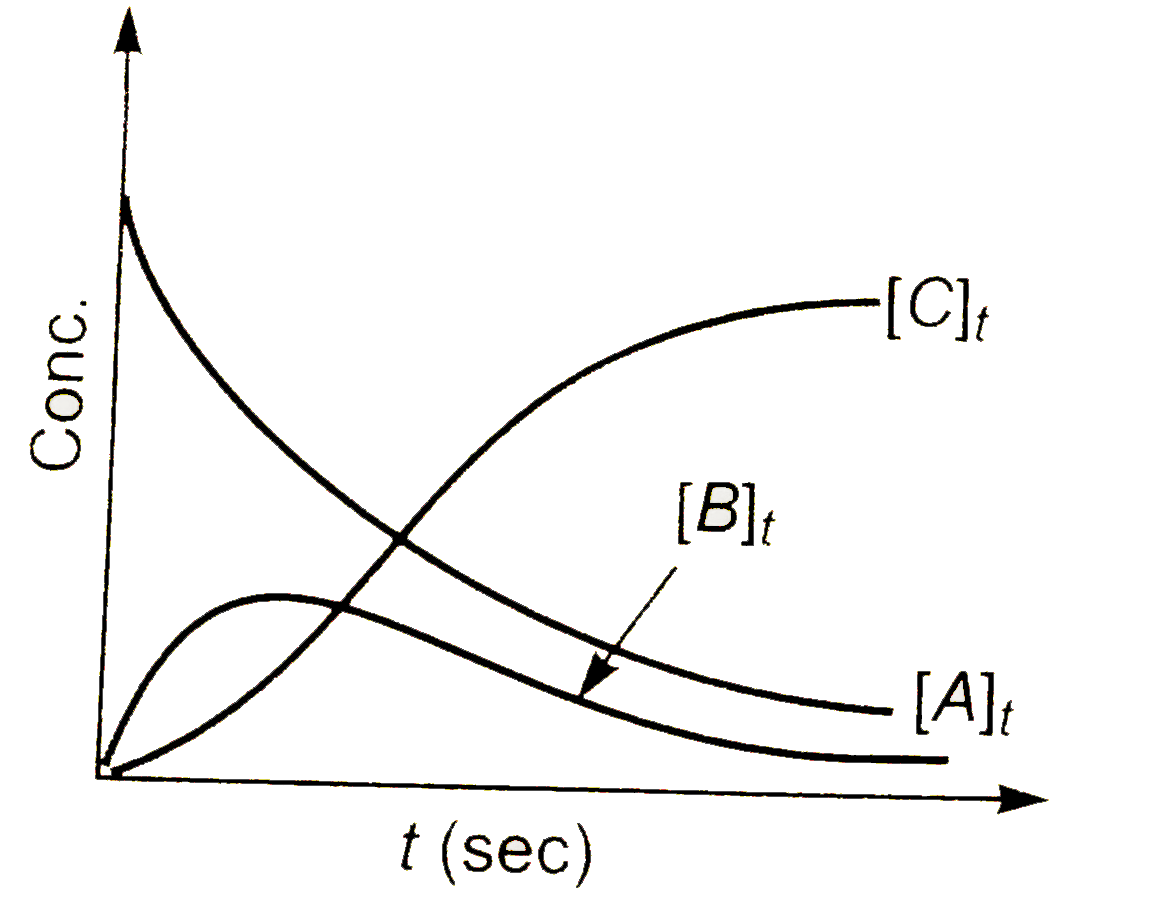 b)
b) 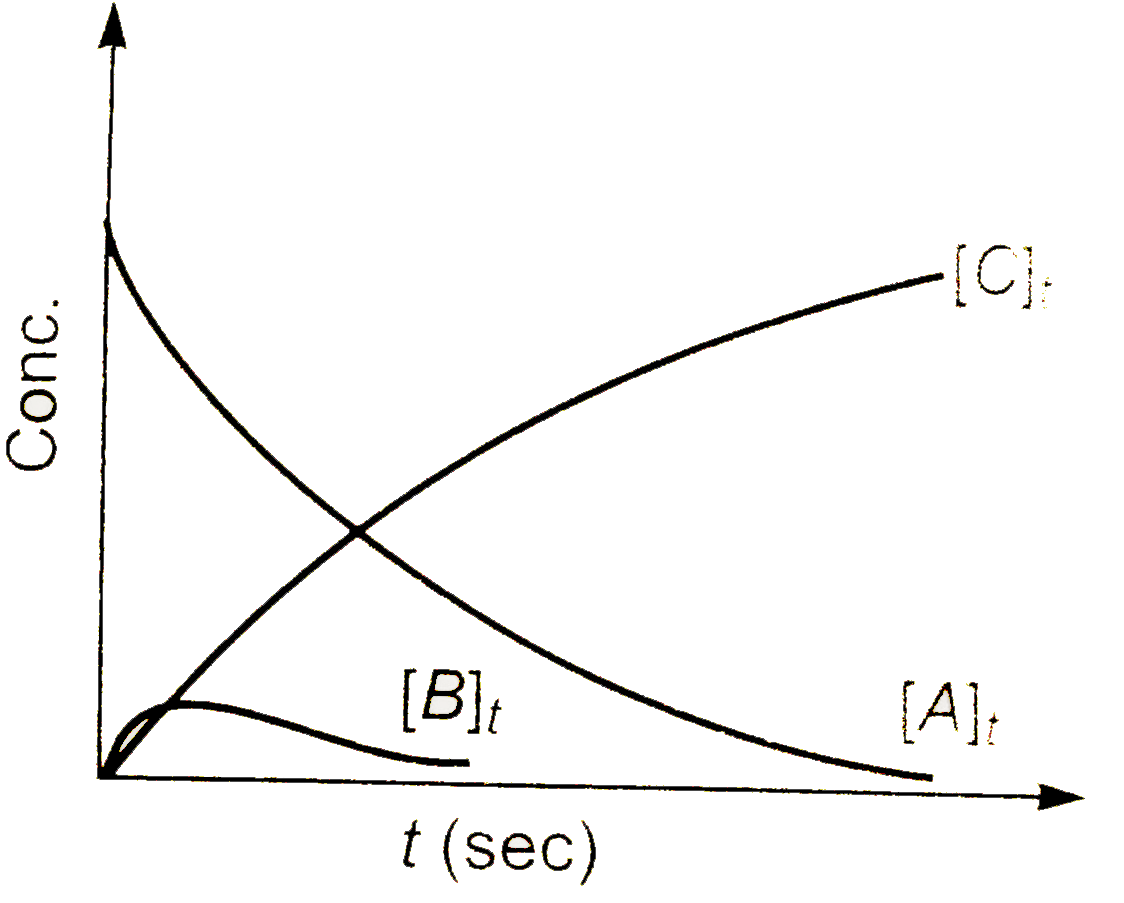
c)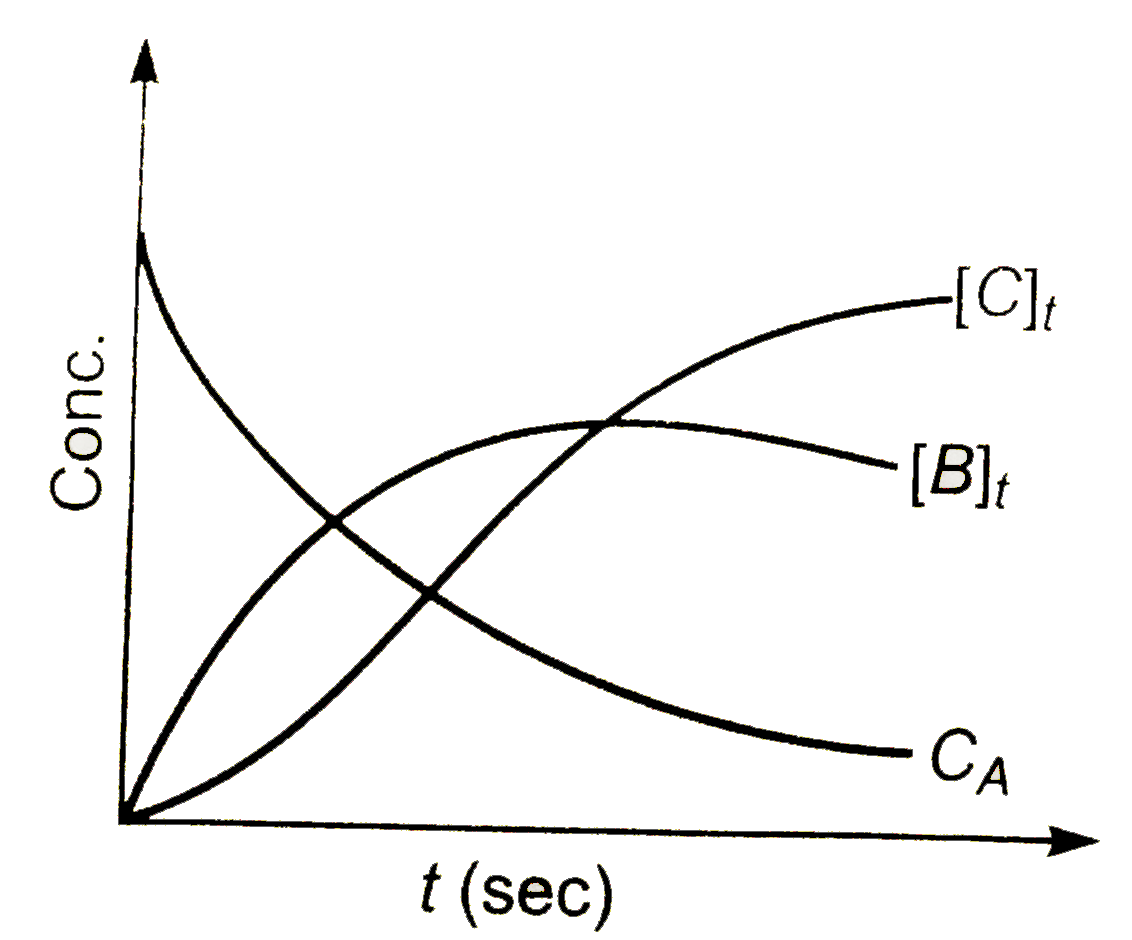 d)
d) 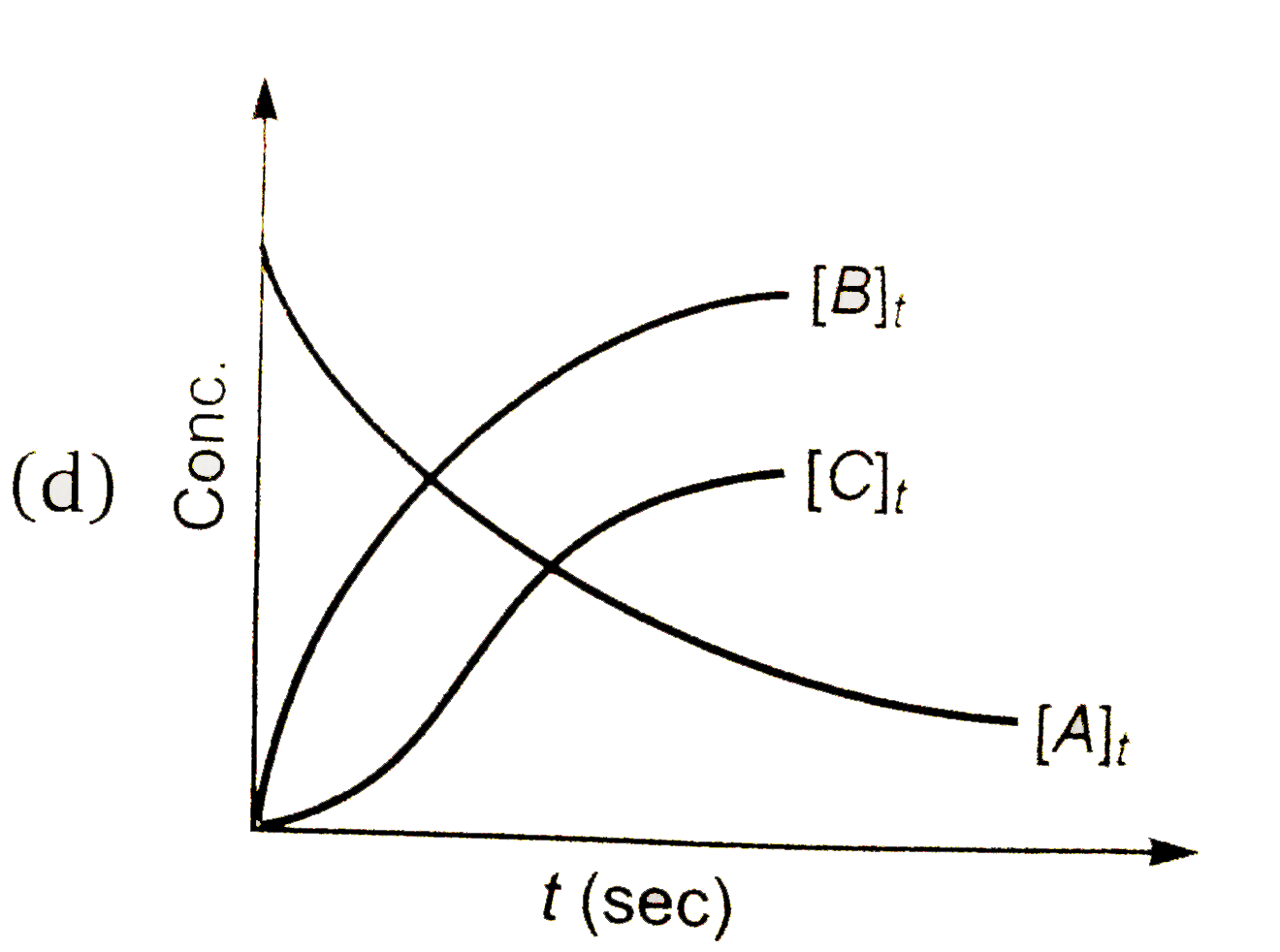
View SolutionThe forward rate constant for the elementary reversible gaseous reaction
C2H6<⇒2CH3is1.57×10−3s−1at100K
What is the rate constant for the backward reaction at this temperature if 10−4 moles of CH3 and 10 moles of C2H6 are present in a 10 litre vessel at equilibrium .
a) 1.57×109Lmole−1s−1
b) 1.57×1010Lmole−1s−1
c) 1.57×1011Lmole−1s−1
d) 1.57×107Lmole−1s−1
View Solutionfor the graph below, select correct order of temperture ?
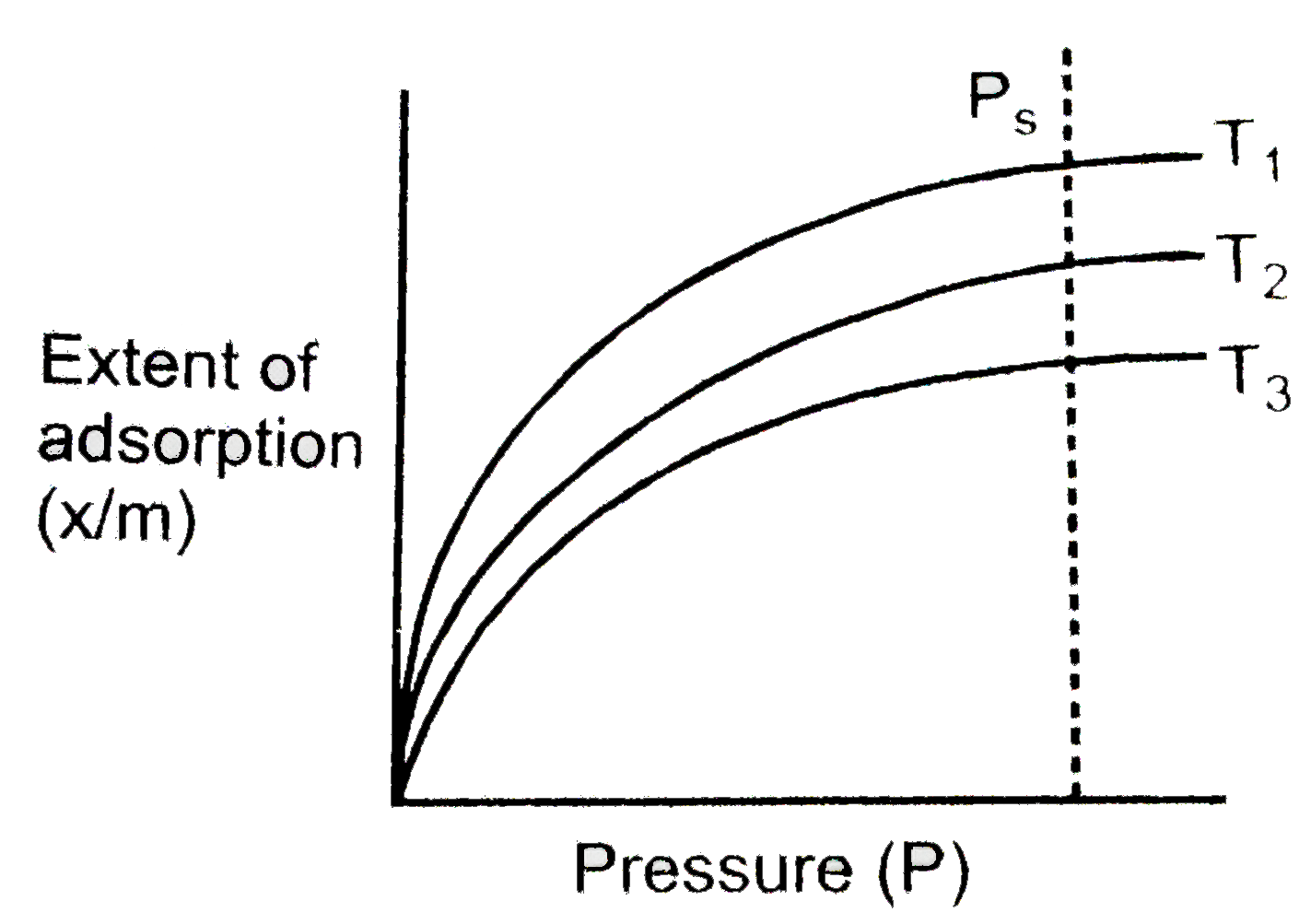
View SolutionA reaction takes place in three rate determining steps having rate constants K_(1), K_(2), K_(3) respectively. The overall rate constant K=(K_(1)K_(3))/K_(2) . If energy of activations for the three steps are respectively 10, 20, 40 kJ . The overall energy of activation is:
View SolutionA reaction takes place in various steps. The rate constatn for first, second, third and fifth steps are k_(1),k_(2),k_(3) and k_(5) respectively The overall rate constant is given by k=(k_(2))/(k_(3))(k_(1)/(k_(5)))^(1//2) If activation energy are 40, 60, 50, and 10 kJ/mol respectively, the overall energy of activation (kJ/mol) is :
View SolutionFor first order parallel reactions k_(1) and k_(2) are 4and 2min(-1) respectively at 300 K. If the activation energies for the formation of B and C are respectively 30,00 and 38,314 joule/ mol respectively, the temperature at which B and C will be obtained in equimolar ratio is :
View SolutionIf the half-lives of the first order reaction at 350 K and 300 K are 2 and 20 seconds respectively, the activation energy of the reaction in kJ mol−1 is :
View SolutionA chemical reaction was carried out 300 K and 208 K the rate constants were found to be K_(1) and K_(2) respectively. The energy of activation is 1.157xx10^(4) cal "mole"^(-1) and R=1.987 cal. Then
View SolutionSuppose A, B and C represent energies of 1 erg, 1 joule and 1 calorie respectively. The correct order of energies is
View SolutionA reacation takes place in three steps with actiation energy Ea1=180 KJ/mol , Ea2 =80 KJ/mol , Ea3=50 KJ/mol respectively overall rate constant of the reaction is k=[k1k2k3]2/3 the overall activation energy of reaction will be (Here k1,k2aandk3 are rate constant of first, second and third step respectively.):
View SolutionIf the half lives of the first order reaction at 350 K and 300 K are 2 and 20 seconds respectively the activation energy of the reaction in kj "mol"^(-1) is
View Solutionएक रासायनिक अभिक्रिया 300 K और 280 K पर करायी जाती है उनके वेग स्थिरांक क्रमशः K1 और K2 हैं सक्रियण की ऊर्जा 1.157×104 कैलोरी mole−1 है एवं R=1.987 कैलोरी है, तब
View Solutionदो अभिक्रियाओं R1 तथा R2 के पूर्व चरघातांकी गुणक एक जैसे है। R1 की सक्रियण ऊर्जा R2 की सक्रियण ऊर्जा से 10kJmol−1 ज्यादा है। यदि अभिक्रिया R1 तथा R2 के लिए 300K पर दर नियतांक k1 क्रमश k2 तथा हो ln(k2/k1) तो होगा-
View SolutionFor first order parallel reaction K_(1) and K_(2) are 4 and 2 "min"^(-1) respectively at 300K. If the activation energies for the formation of B and C are respectively 30,000 and 38,314 Joul/mol respectively. The temperature at which B and C will be obtained in equimolar ratio is 47x. Hence x is _____________
View SolutionThe rate constants of a reaction at 300K and 280 K respectively are K1 and K2. Then
View Solution